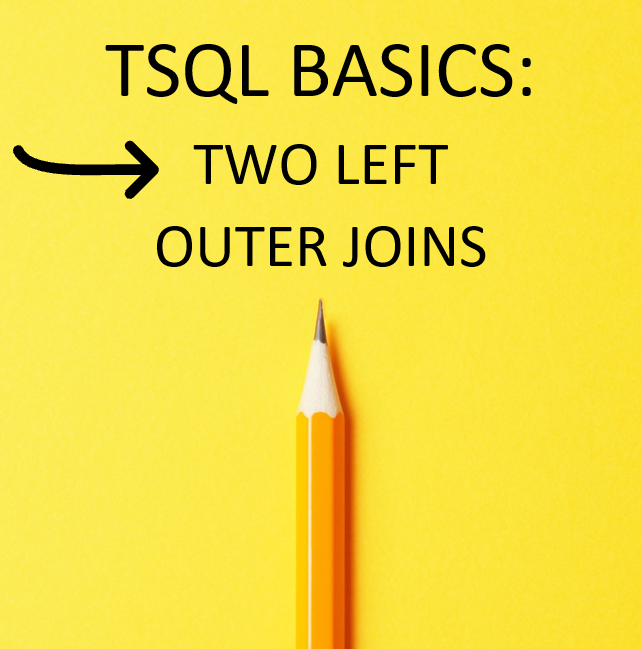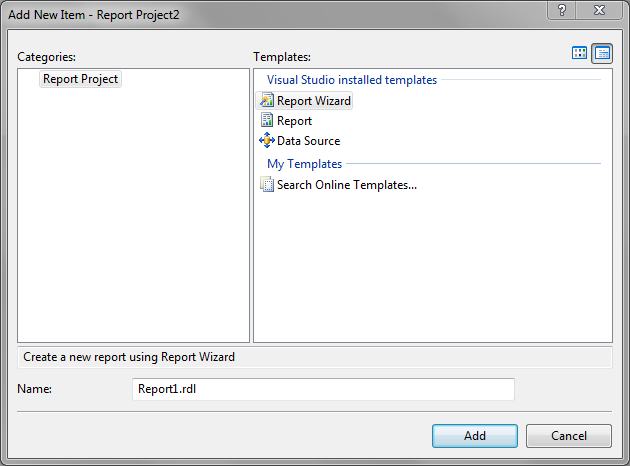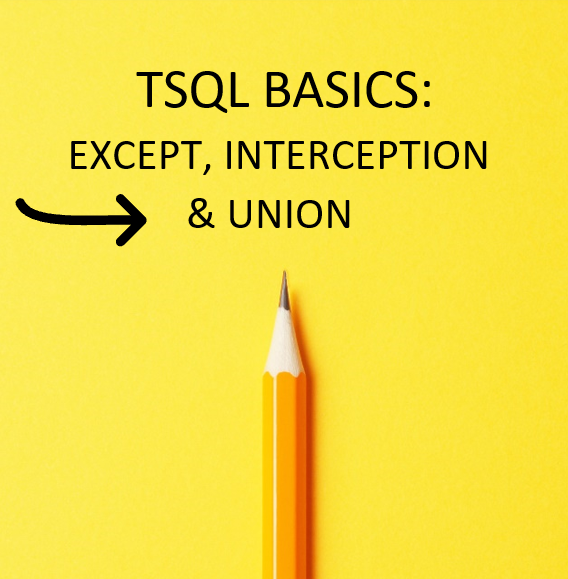SSRS Editor Tip of the Day… CTRL + Arrows
I learned this from one of my co-workers. A quick tip for formatting SSRS reports. When you are in the SSRS report editor, and you want to move the currently selected object (or objects), you can move them with the arrow keys. Most people who have used SSRS know that one, but did you know that if you use the …









